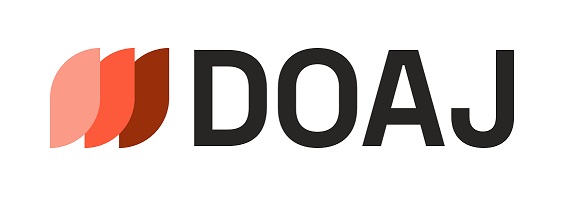Collecting and Constructing Classic Veracruz
Earl Stendahl, Guillermo Echániz, and the Market for Mesoamerican Stone Ballgame Objects
DOI:
https://doi.org/10.23690/jams.v7i1.145Abstract
The role of the international art market in the looting, trafficking, and sale of Latin American antiquities has shaped the currently accepted canon of pre-Hispanic art to a degree that remains underrecognized. In the case of Classic Veracruz materials, Los Angeles-based Stendahl Art Galleries deftly exploited both a history of illicit excavations and an avant-garde collecting aesthetic to market archaeologically decontextualized objects. Beginning in the late 1930s, the Stendahls and their suppliers brought portable stone Mesoamerican ballgame equipment (yokes, palmas, and hachas) to the fore, which not only perpetuated the looting in Veracruz that robbed scholars and descendant communities of knowledge about the cultures that made them, but also of the opportunity to document, study, and view traditions of monumental stone sculpture that, as a result, are now largely overlooked, or even erased. This article provides a brief history of the collection and classification of Central Veracruz materials; an examination of the Stendahls’ entrance into this market via bibliophile and antiquarian Guillermo Echániz; and a consideration of the practices that shaped prominent institutional and private collections and, in turn, the art historical canon.
Published
How to Cite
Issue
Section
License
Copyright (c) 2023 Andrew D. Turner, Payton Phillips Quintanilla

This work is licensed under a Creative Commons Attribution-NonCommercial 4.0 International License.
Except where otherwise noted, the Journal for Art Market Studies is licensed under the Creative Commons Attribution-Non-commercial 4.0 International license (https://creativecommons.org/licenses/by-nc/4.0/). Articles can be read and shared if attribution is given to the original source (BY) and the use is not for commercial purposes (NC).




